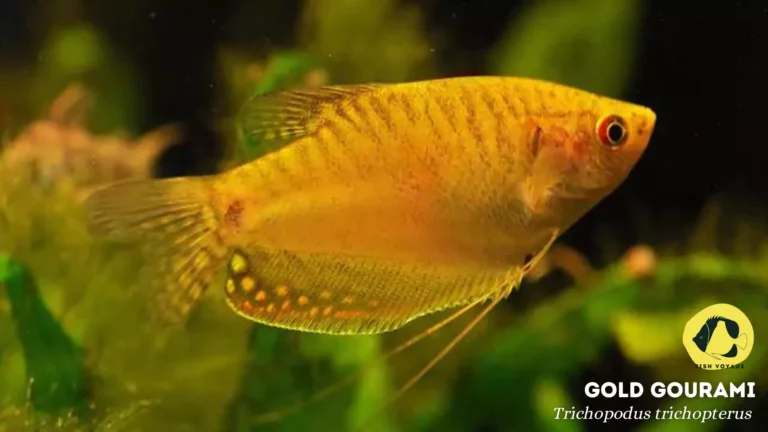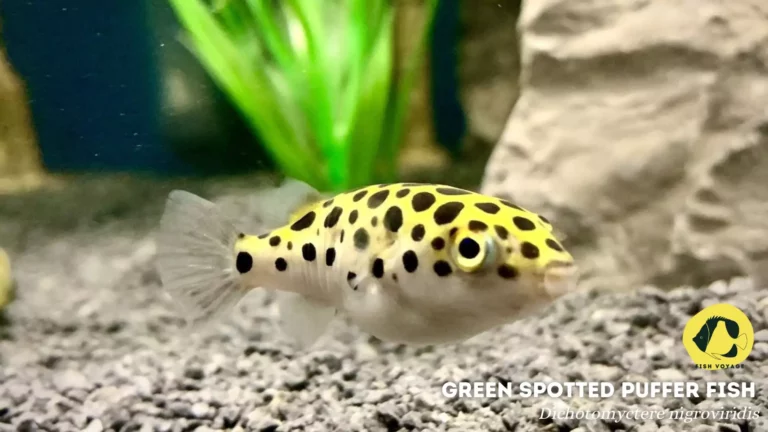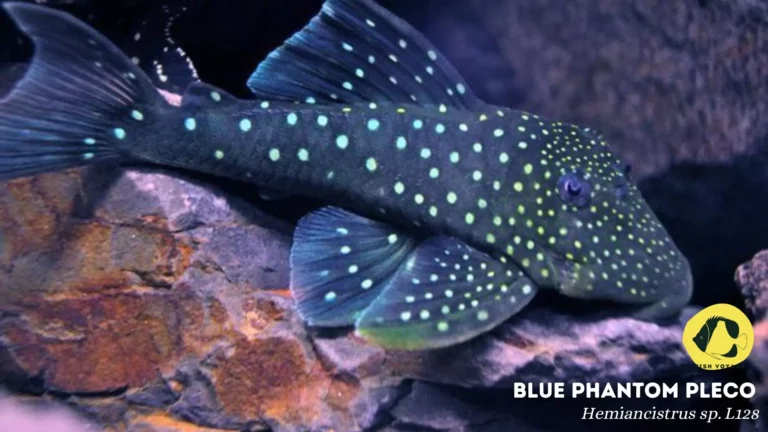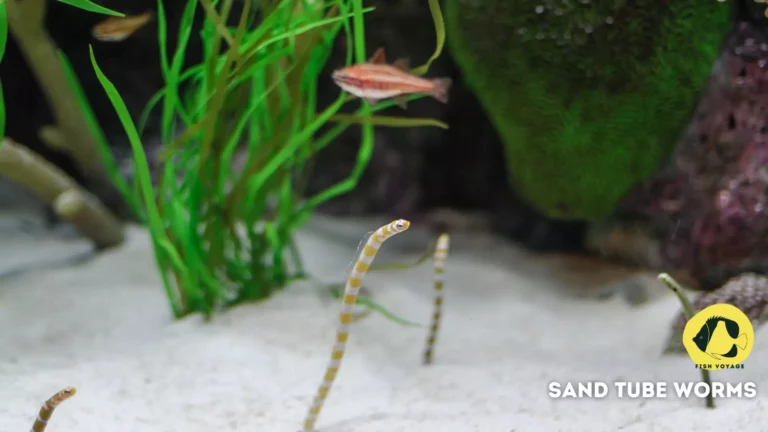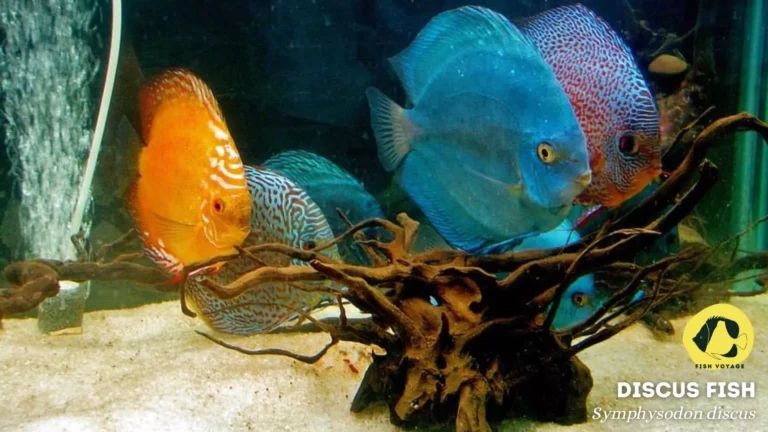How Many Ember Tetras In A 20 Gallon Tank?
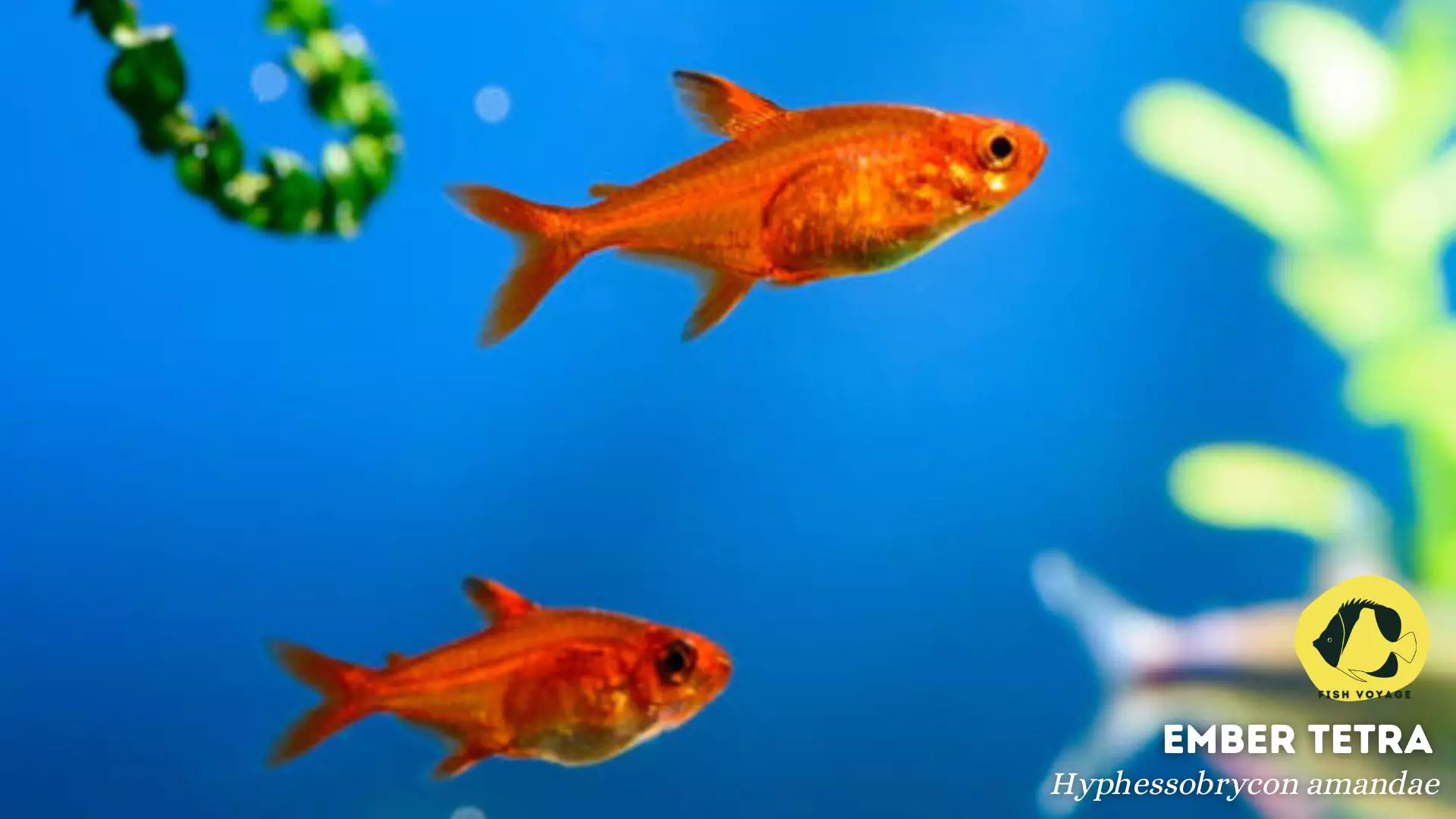
In the captivating realm of aquarium enthusiasts, Ember Tetras stand out as delightful and vibrant aquatic companions. Renowned for their stunning orange and red hues, Ember Tetras add a vivid splash of color to any aquarium. These petite tropical fish are not only visually appealing but also known for their lively and social behavior, making them a favorite among hobbyists. However, to truly appreciate and safeguard the well-being of these charming creatures, it is imperative to consider the importance of an adequately sized habitat. A proper tank size is not just a container; it is the canvas upon which the health and happiness of Ember Tetras unfold. This introductory insight sets the stage for understanding the delicate balance required in providing an optimal environment for these aquatic gems.
Understanding Ember Tetras
Physical Characteristics and Behavior of Ember Tetras
- Vibrant Aesthetics: Ember Tetras, recognized for their diminutive size, showcase a breathtaking blend of fiery orange and red hues that captivate the attention of aquarium enthusiasts. Their petite stature, typically reaching around 0.8 inches (2 centimeters), adds an adorable charm to any aquatic setting.
- Social Butterflies: These tropical gems are inherently social creatures, thriving in the company of their fellow Ember Tetras. Observing their playful interactions and synchronized movements within a well-populated tank is a delightful experience, underlining the importance of keeping them in groups to ensure their mental well-being.
- Shoaling Nature: Ember Tetras exhibit a natural inclination to form tight-knit shoals, a behavior that mirrors their native habitat in South America. The sight of a school of Ember Tetras gracefully navigating through aquatic plants is not only aesthetically pleasing but also mimics their instinctive need for security.
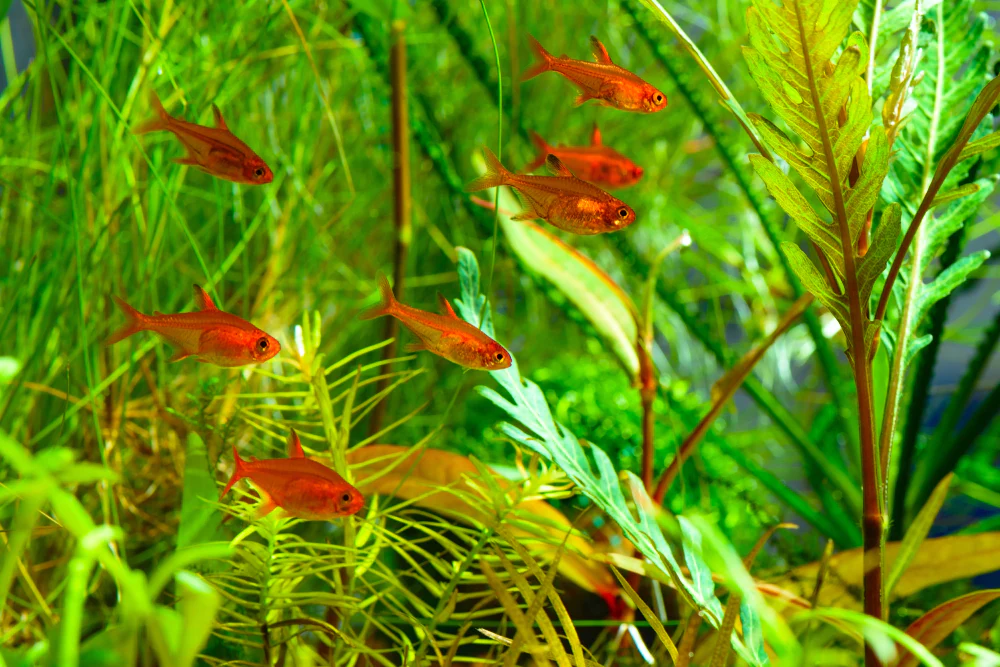
Ideal Tank Conditions
- Water Parameters: Maintaining stable water conditions is crucial for Ember Tetras. Aim for a slightly acidic to neutral pH (6.0-7.0) and a temperature range of 73-82°F (23-28°C) to mirror their native Amazon basin environment.
- Tank Size: While Ember Tetras are small, providing them with an adequately sized tank is paramount. A 20-gallon tank or larger is recommended, allowing ample space for their shoaling tendencies and ensuring a stress-free environment.
- Aquascape Elements: Mimic their natural habitat by incorporating live plants, driftwood, and subdued lighting. These elements provide hiding spots and create a comfortable environment for these enchanting fish.
Understanding the intricacies of Ember Tetras’ physical attributes and behaviors, coupled with meticulous attention to ideal tank conditions, lays the foundation for fostering a thriving and harmonious aquatic ecosystem.
The 20-Gallon Tank: Is it Suitable?
Why Tank Size Matters for Fish Health
- Physical Well-being: Adequate space is not merely a luxury but a fundamental requirement for the health of Ember Tetras. In a confined space, fish can become stressed, leading to compromised immune systems and increased susceptibility to diseases.
- Behavioral Harmony: Ember Tetras, being social creatures, flourish in an environment that allows for natural shoaling behavior. A larger tank enables them to express their social instincts, reducing the likelihood of aggressive encounters and promoting overall well-being.
Benefits of a 20-Gallon Tank for Ember Tetras
- Shoaling Opportunities: The 20-gallon tank provides ample room for Ember Tetras to form cohesive shoals, allowing them to navigate the aquarium comfortably. This not only mirrors their natural behavior but also enhances the aesthetic appeal of the tank.
- Water Stability: A larger water volume in a 20-gallon tank contributes to greater stability in water parameters. Consistent conditions are vital for the health of Ember Tetras, and a larger tank helps mitigate rapid fluctuations, ensuring a more favorable and stress-free environment.
Importance of a Well-Established Ecosystem
- Biological Balance: A 20-gallon tank affords the space needed for a well-established ecosystem, including beneficial bacteria colonies. This biological balance is crucial for maintaining water quality, processing waste, and promoting a healthy nitrogen cycle, essential for the overall health of Ember Tetras.
- Environmental Enrichment: The larger tank size allows for a more diverse aquascape, facilitating the inclusion of live plants, hiding spots, and intricate decorations. This not only creates an aesthetically pleasing environment but also provides mental stimulation for Ember Tetras, contributing to their overall happiness.
Understanding the significance of tank size, particularly the advantages of a 20-gallon tank, extends beyond a mere vessel; it becomes the canvas upon which the flourishing health and vitality of Ember Tetras unfold. Additionally, the emphasis on a well-established ecosystem reinforces the commitment to providing a habitat that mirrors the natural conditions these captivating fish thrive in.
Stocking Guidelines
General Stocking Guidelines
- Schooling Numbers: Ember Tetras are happiest when kept in groups. Aim for a school of at least six individuals to ensure their social needs are met. However, a larger group, around 10 to 15, enhances their natural shoaling behavior, creating a visually stunning and dynamic aquarium.
- Tank Size Ratio: As a rule of thumb, allocate one gallon of water for every inch of Ember Tetra. This guideline helps maintain appropriate water quality and provides enough space for each fish to thrive.
Factors Affecting the Number of Fish in a Tank
- Tank Mates and Compatibility: Consider the compatibility of Ember Tetras with other fish species. Peaceful community fish that share similar water parameter requirements are ideal companions. Avoid aggressive or territorial species to prevent stress among Ember Tetras.
- Aquarium Setup: The complexity of the tank’s design and the presence of hiding spots impact the number of Ember Tetras you can house. A well-decorated tank with ample hiding spaces allows for a larger group while minimizing aggression and stress.
Consideration of Other Tank Inhabitants
- Bottom Dwellers and Mid-Water Swimmers: When selecting tank mates, consider the variety of swimming depths. Ember Tetras predominantly inhabit the mid-water region, so complement them with bottom-dwelling species like Corydoras catfish or peaceful mid-water swimmers to utilize the entire tank space effectively.
- Size Disparities: Avoid pairing Ember Tetras with significantly larger or aggressive fish. Size disparities can lead to competition for resources and potential harm to the smaller Tetras. Choose tank mates that share a similar size and temperament.
Understanding the intricacies of stocking guidelines for Ember Tetras involves not only the quantity but also the quality of their aquatic community. By adhering to these guidelines and considering the interplay of factors influencing the number of fish in a tank, aquarists can cultivate a harmonious environment that promotes the well-being of Ember Tetras and their tank mates.
Ember Tetra Care Tips
Water Parameters and Quality
- Temperature and pH Control: Maintain a stable water temperature between 73-82°F (23-28°C) to replicate their native Amazon basin conditions. Keep the pH level slightly acidic to neutral, ideally between 6.0-7.0, to support their physiological well-being.
- Regular Water Testing: Conduct regular water tests to monitor parameters such as ammonia, nitrite, and nitrate levels. Consistent water quality is crucial for Ember Tetras, and prompt adjustments can prevent stress-related health issues.
Suitable Tank Decorations and Plants
- Adequate Hiding Spaces: Create a well-decorated environment with ample hiding spots to alleviate stress. Consider driftwood, caves, and dense vegetation to mimic their natural habitat and provide shelter during moments of rest or retreat.
- Live Plants for Oxygenation: Incorporate live plants like Java Moss or Anubias to enhance water quality and provide additional oxygen. The presence of plants also contributes to a more natural and visually appealing ecosystem, promoting the overall well-being of Ember Tetras.
Proper Feeding Habits
- Varied Diet: Offer a well-balanced and varied diet to meet the nutritional needs of Ember Tetras. Include high-quality flake or pellet food supplemented with live or frozen options such as brine shrimp, daphnia, or bloodworms to mimic their diverse diet in the wild.
- Regular Feeding Schedule: Establish a consistent feeding schedule, preferably two to three times a day, to ensure proper nutrition without overfeeding. Monitor their feeding behavior, adjusting quantities as needed, and promptly remove any uneaten food to maintain water quality.
Adhering to these care tips ensures a thriving and content community of Ember Tetras. By meticulously managing water parameters, providing an enriching environment with suitable decorations and live plants, and offering a well-rounded diet, aquarists can cultivate a habitat that not only sustains but enhances the vibrancy and longevity of these captivating fish.
Potential Challenges
Common Issues Related to Overstocking
- Stress and Aggression: Overstocking can lead to heightened competition for resources and territory, causing stress among Ember Tetras. Increased aggression may manifest, potentially resulting in injuries or disruptions to the harmony of the tank.
- Decline in Water Quality: A crowded tank can strain the biological filtration system, leading to a rapid decline in water quality. Elevated levels of ammonia and nitrites, common consequences of overstocking, pose a significant threat to the health of Ember Tetras and other tank inhabitants.
Tips on Preventing and Addressing Potential Problems
- Follow Stocking Guidelines: Adhere to recommended stocking guidelines to ensure a balanced and harmonious community. By maintaining appropriate fish-to-water ratios, aquarists can prevent overcrowding and mitigate associated challenges.
- Regular Monitoring: Consistently monitor water parameters and observe fish behavior. Early detection of signs of stress or aggression allows for prompt intervention, such as adjusting the stocking levels or rehoming certain individuals to restore equilibrium.
- Implement Quarantine Practices: Prior to introducing new fish to the tank, quarantine them to prevent the spread of potential diseases. This precautionary measure helps maintain the overall health of the tank and minimizes the risk of introducing stress factors.
- Enhance Filtration Systems: Invest in a robust filtration system suitable for the tank size. Adequate filtration aids in maintaining optimal water quality, even in densely populated tanks, reducing the risk of ammonia spikes and associated health issues.
- Provide Sufficient Hiding Spaces: Ensure the aquarium is well-decorated with hiding spots and visual barriers. This helps alleviate stress by offering retreat options for individual fish, minimizing territorial conflicts and promoting a more peaceful coexistence.
Navigating the potential challenges associated with overstocking requires a proactive and informed approach. By implementing preventive measures, closely monitoring the tank’s dynamics, and addressing issues promptly, aquarists can foster a healthy and thriving environment for Ember Tetras and their tank companions.
Conclusion
In wrapping up our guide to nurturing Ember Tetras in a 20-gallon aquarium, let’s revisit crucial insights for a thriving aquatic haven. Recognizing the allure of Ember Tetras and the significance of a 20-gallon tank, we underscore the importance of responsible fish keeping practices—maintaining stable water parameters, fostering a well-established ecosystem, and committing to mindful feeding habits. As stewards of these aquatic realms, we invite our esteemed readers to contribute to our collective wisdom. Share your experiences, triumphs, and challenges in the vibrant community space below. By fostering this dialogue, we cultivate a rich tapestry of knowledge that enhances the well-being of Ember Tetras and elevates the shared artistry of responsible fish keeping. Join us in this enriching journey, where every shared experience contributes to the thriving aquatic landscapes we collectively nurture.
Additional Resources
Links to Reputable Forums
- AquariumAdvice.com: Dive into a wealth of knowledge and engage with a vibrant community of experienced aquarists on AquariumAdvice.com. From Ember Tetra care discussions to troubleshooting common challenges, this forum provides valuable insights and a platform for sharing experiences.
- Fishlore.com: Explore the Ember Tetra threads on Fishlore.com, where aquarists exchange tips, advice, and anecdotes. This community-driven forum is a valuable resource for both beginners and seasoned hobbyists seeking comprehensive information on fish keeping.
Recommendations for Quality Tank Equipment and Supplies
- Fluval 20-Gallon Aquarium Kit: Optimize your Ember Tetra habitat with the Fluval 20-Gallon Aquarium Kit, which includes a reliable filter, heater, and LED lighting. This all-in-one setup simplifies the process of creating an ideal environment for your aquatic companions.
- Aqueon QuietFlow Aquarium Filter: Ensure efficient filtration with the Aqueon QuietFlow Aquarium Filter, renowned for its reliability and quiet operation. Maintaining water quality is paramount, and this filter is designed to keep your tank’s ecosystem in optimal condition.
- API Master Test Kit: Take control of water quality monitoring with the API Master Test Kit. This comprehensive kit allows you to regularly test key parameters, ensuring a stable and healthy environment for Ember Tetras.
- Seachem Prime: For water conditioning and stress reduction, consider Seachem Prime. This water conditioner not only neutralizes harmful substances but also promotes the overall well-being of your fish.
By exploring these forums and investing in quality equipment, you not only gain access to a supportive community but also equip yourself with the tools needed to create and maintain a thriving aquarium for Ember Tetras. Remember, the journey of responsible fish keeping is enriched by shared knowledge and the right resources.
Frequently Asked Questions (FAQs)
1. What is the Ideal Number of Ember Tetras for a 20-Gallon Tank?
The ideal number depends on various factors, but a general guideline is to have at least 6 Ember Tetras to promote their natural shoaling behavior. However, a larger group, around 10 to 15, enhances their visual appeal and well-being.
2. Can I Keep Other Fish Species with Ember Tetras in a 20-Gallon Tank?
Yes, but it’s crucial to choose peaceful tank mates compatible with Ember Tetras. Avoid aggressive or territorial species, and consider the size and swimming depth preferences of other inhabitants to maintain harmony.
3. How Do I Maintain Stable Water Parameters in a 20-Gallon Tank?
Regular water testing is essential. Aim for a slightly acidic to neutral pH (6.0-7.0) and a temperature range of 73-82°F (23-28°C). Consistent water quality ensures the health and well-being of Ember Tetras.
4. What Are the Signs of Overstocking in a 20-Gallon Tank?
Signs include increased stress, aggressive behavior, and a decline in water quality. Monitoring fish behavior and conducting regular water tests can help detect overstocking issues early.
5. Can I Keep Ember Tetras in a Heavily Planted 20-Gallon Tank?
Yes, Ember Tetras thrive in well-decorated environments. Live plants like Java Moss and Anubias not only provide hiding spots but also contribute to water quality. Ensure there’s enough open swimming space for the Tetras to display their natural behavior.

